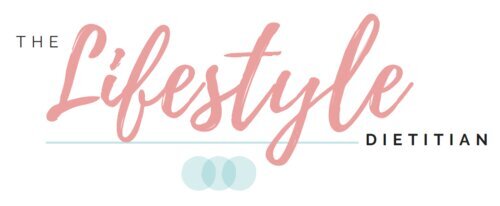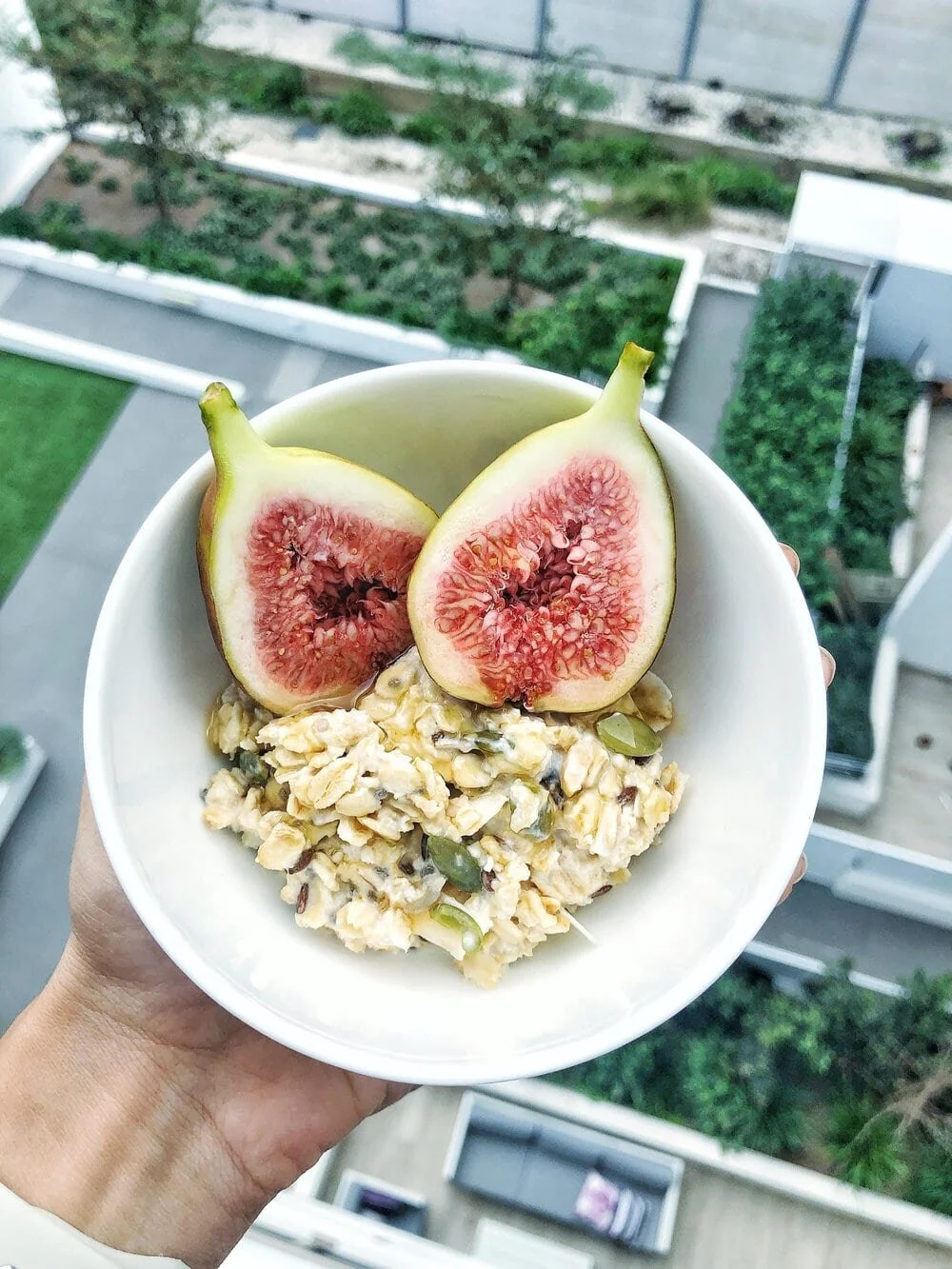The Whole Truth About Whole Grains
Have you heard someone say “whole grains are best”? Many of us know that grains are good for us, but how many of us know why? To kick off Whole Grain Week with the Grains and Legumes Nutrition Council, we thought we’d share some secrets on grains - one of our favourite food groups!
What are grains?
Grains, which are also referred to as ‘cereals’ are the edible seeds of a variety of grasses. The most commonly consumed grains in Australia are wheat, oats and rice while some other less commonly used grains include sorghum, rye, millet, teff, corn, quinoa, buckwheat, amaranth, triticale and millet...the list goes on. Click this link to see the full variety of grains. Grains can contain gluten, such as wheat, barley and rye, or they can be naturally gluten free, such as rice, sorghum and buckwheat.
What makes up a whole grain?
A whole grain kernel (or seed) is made up of three distinct layers:
Bran: the most outer layer is called the bran, which protects the seed. The bran is rich in fibre (hello gut health) and is also a great source of B vitamins and some trace minerals, such as iron, zinc and magnesium.
Germ: An inner layer and the nutrient powerhouse of the grain is called the germ. In this layer you will not only find B vitamins, but also vitamin E, antioxidants, phytochemicals and a small amount of healthy unsaturated fats.
Endosperm: Then we have the energy producing endosperm. This layer contains our carbohydrates and is the bulk of the kernel. Not only will it give you energy, but it also contains protein and a small amount of vitamins and minerals.
Our top tips to choosing ‘healthier’ grains?
Grains are divided into two subgroups; whole grains and refined grains. The difference is that whole grains contain all 3 layers of the seed, whereas refined grains have the bran and germ layer removed. Removing these two layers pulls out a large proportion of the grains nutritional value including the fibre, healthy fats, antioxidants and some vitamins and minerals. That is why we recommend you choose ‘whole grains’ where possible.
Here are some simple swaps:
Swap white bread for whole grain bread
Swap white rice for brown rice or soba noodles
Add grains such as quinoa or barley to your soup
Look for the word ‘whole grain’ when choosing a breakfast cereal
Swap bread crumbs for rolled oats as crumbing
Swap potato chips for air-popped popcorn as a snack
Aim for Three serves of whole grains each day
A diet rich in whole grains has been shown to maintain good health and protect against chronic disease such as heart disease and some cancers.
1 serve =
1 slice whole grain bread
4 whole grain crackers
1/4 cup cooked grains
1/2 cup whole grain cereal
We will be focusing on grains this week. Stay updated with us on instagram and to read more about whole grains, visit Eat For Health, an Australian Government Website.












